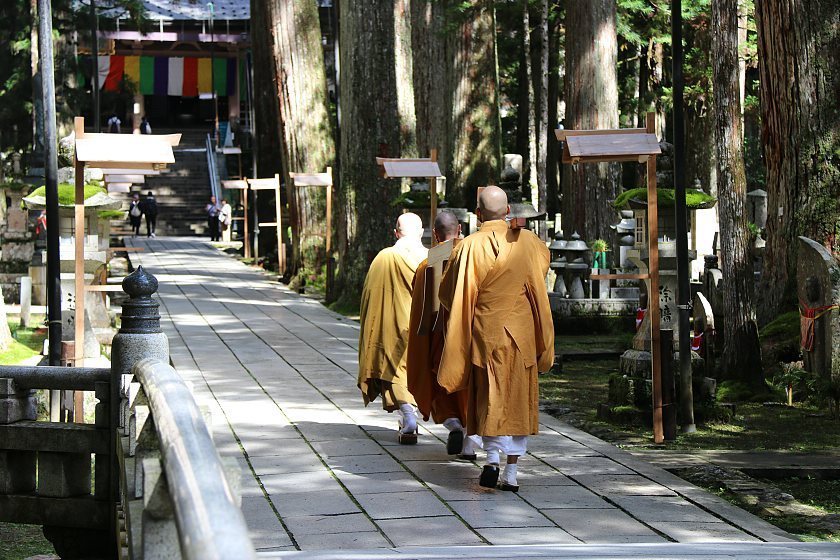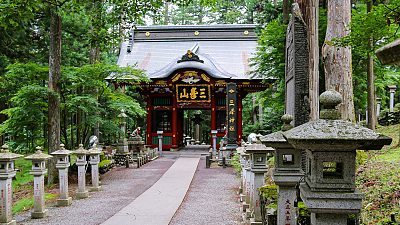Lives from Japanese history - Kukai
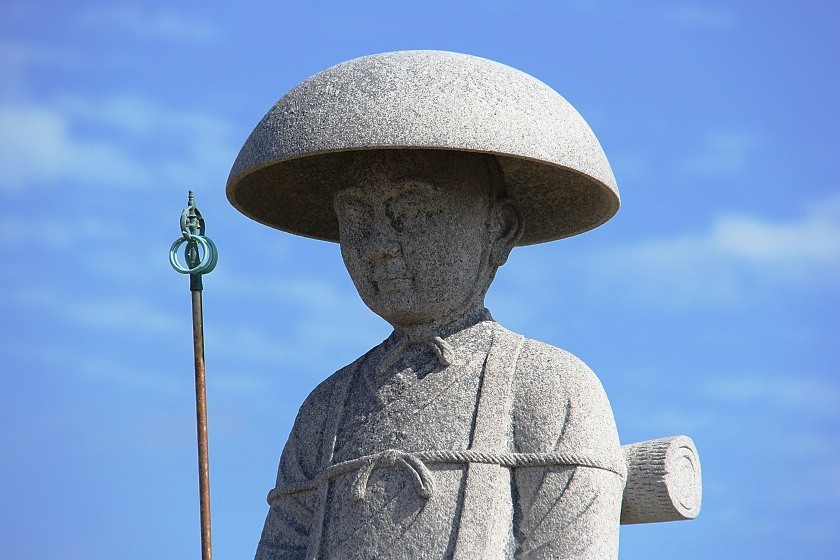
One of the great religious figures of Japanese history, Kukai is best known as the founder of Shingon, which remains one of the most popular and influential schools of Buddhism in Japan today, and for spending three years in China where he was able to absorb not only innovative religious teachings but also other subjects like calligraphy and poetry.
Kukai was born in 774, into an aristocratic family in Sanuki Province (present day Kagawa Prefecture) during a period of great political change as the Emperor Kanmu relocated the capital from Nara to Kyoto. From the age of 15 he studied the Chinese classics with an uncle, and later went on to study at the Government Academy - an education strongly geared towards Confucian learning intended to prepare graduates for high level positions in the court bureaucracy.
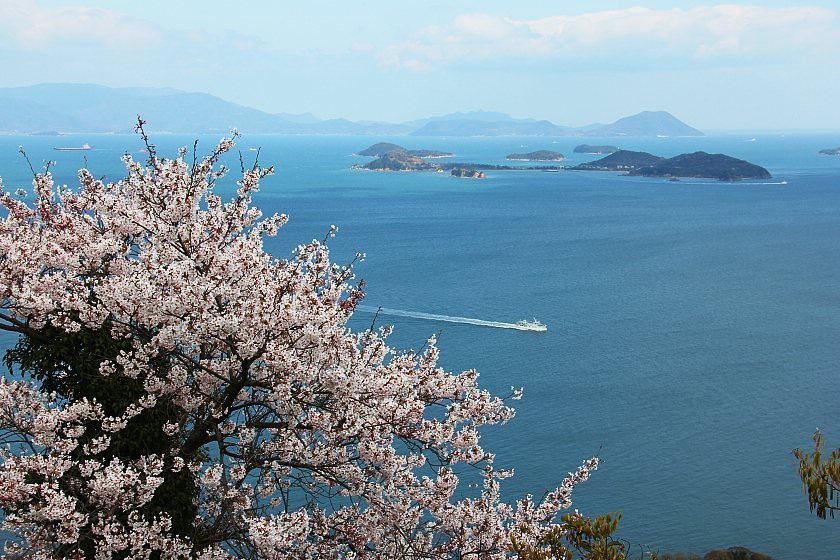
Despite excelling at his studies, Kukai seems to have grown disillusioned with Confucianism - the dominant state ideology of the time - and decided instead to become a Buddhist monk, setting out his reasoning in a book, published at the age of 24. Entitled the Sango Shiiki (loosely, "three indications") the text is a dialogue in three parts, as a wayward young man is lectured in turn by Confucian, Taoist and Buddhist scholars, ultimately concluding that Buddhism is the best. Despite his fascination with Buddhism however, Kukai chose not to allign himself with any of the orthodox Nara-based institutions that dominated Buddhist life due to what he saw as a lack of theoretical substance, preferring instead to wander the mountains of Shikoku, practicing asceticism and studying sutras from various schools of Buddhism.
At the age of 30 or 31, Kukai was selected to join an official delegation to the capital of Tang China, Ch'ang-an, where he would remain for the next three years. It was here that he met the elderly master Huiguo, his most important spiritual mentor. Huiguo was the patriarch of an esoteric sect of Buddhism, meaning that the ultimate goal of enlightenment could only be achieved through a monastic life of ritual, and special initiations into secret knowledge. Lacking a worthy successor in China to continue his legacy, Huiguo was delighted by Kukai's capacity to learn and was able to transmit the entirety of the doctrine within just a few months, a process he described as like pouring water from one vase into another.
His training complete, Kukai returned to Japan in 806 as the eighth patriarch of what he now called Shingon, or the "true word" school, bringing with him a trove of new religious texts and study materials. Unfortunately for Kukai, his arrival was somewhat overshadowed by his rival Saicho, who had returned from his own period of study in China and was igniting controversy with his new Tendai school of esoteric thought. Meanwhile, the Imperial Court was entirely preoccupied with its own political troubles and for three years gave no official acknowledgement of his efforts.
Kukai's fortunes drastically improved in 809 with the the patronage of the new Emperor Saga, who summoned him to court and appointed him to administrative roles at some of the most important temples over the following years, including Todaiji in Nara. Keen to draw a line under the factionalism and intrigue that had been plagueing the court, Saga also asked him to perform a public ritual of protection for the nation, something that would become an annual event and lent state approval to the developing Shingon sect. Over the next few years, Kukai developed his following into a well-organised order and wrote a series of important texts expounding their beliefs, goals and practices. Unlike the more combative Saicho, Kukai was charismatic and approachable - traits that would help him win the backing of influential aristocratic families.
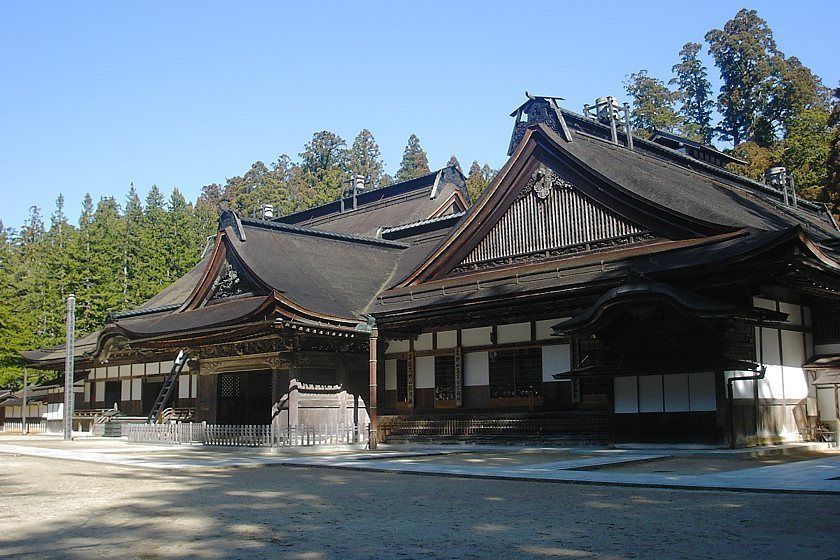
In 819, Kukai established a center for esoteric study at Mount Koya, which would became a popular focal point for pilgrimage and remains the headquarters of the Shingon sect today. Now with a reputation for managing large-scale projects, he soon found himself in charge of rennovating the Manno reservoir, still the largest irrigation reservoir in Japan, and completing the construction of Toji and Zenpukuji temples in Kyoto and Tokyo respectively, both of which would become important centers of Shingon worship.
Kukai passed away in 835 at the age of 62, and was interred at Okunoin on Mount Koya. Known by the posthumous name of Kobo Daishi (great teacher of Buddhist lore), Kukai is said to remain in ceaseless meditation awaiting the arrival of the future buddha Maitreya.
